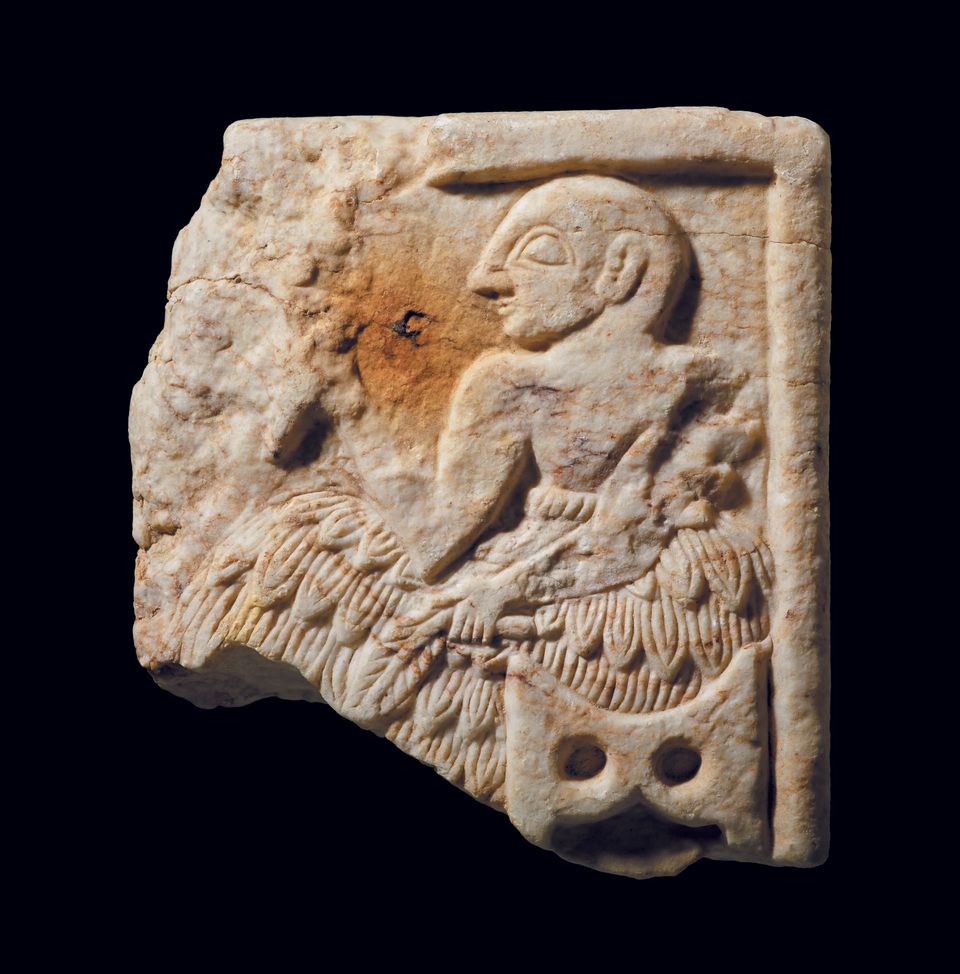Cultural Restitution
SHARE ARTICLE
How can we beat the art traffickers if we don't all work together? When co-operation does happen, the fight against the looting of stolen antiquities takes on a new momentum.
This week, that momentum involved a limestone tablet, spotted for sale at an online auction in May last year. The tablet is actually an extremely rare, but unpublished Sumerian votive wall plaque, which the British Museum concluded had been illicitly removed from a temple in southern Iraq. Before its repatriation to Iraq, the plaque will be exhibited at the British Museum until later next year.
Described inaccurately by the online auction platform Timeline Auctions as a ‘Western Asiatic Akkadian tablet’, the plaque was said to come from a private collection formed in the 1990s. But as too frequently happens, no other provenance information was supplied by the auction house, who claim the searches they undertook failed to confirm the plaque was stolen. This is hardly surprising as most objects looted directly from archaeological sites do not appear on registers of stolen objects.
After the Metropolitan Police Service (Art and Antiques Unit) was alerted, the object was taken to the British Museum for identification and analysis. They immediately recognised its importance as a Sumerian temple plaque of great rarity (only about 50 are known to exist), dating to around 2400 BC.
Part of a larger, square limestone plaque depicting a ritual banquet scene, the Museum believe the style of this unpublished plaque locates it to the Sumerian heartland of southern Iraq. They also identified traces of burning, which is a feature of similar plaques excavated from the site of Tello/Girsu. It’s quite possible this plaque therefore comes from the same location, which was extensively excavated and looted in the late 19th and early 20th centuries. Further looting took place in the 1990s during the Gulf War and, once again, in 2003 during the Iraq War.
A survey of looting at this site, which the British Museum helped facilitate through its participation in the UK Government-funded Iraq Emergency Heritage Management Training Scheme, suggests the plaque may have come from an area known to have been a temple to the Sumerian god Ningirsu. Future excavations may confirm this temple as its source. It may also reveal some, or all, of the missing parts.
The return of this important votive plaque to Iraq was agreed following liaison with museum colleagues at the State Board of Antiquities and Heritage in Baghdad.
The British Museum's fight against the trafficking of illegal antiquities is "an important part of the Museum’s work on cultural heritage," says Director, Hartwig Fischer.
However, there are other voices more critical. These voices believe it's a public relations ploy which divert attention from the Museum's larger failure to address how it acquired much of its own collection.
But addressing the historical legacy of the Museum is an altogether different matter from the contribution the Museum is making today to addressing the new threats to cultural heritage. One requires a change in the law, the other requires action.
Over the last twelve months, we've reported other British Museum successes in identifying and repatriating other important looted antiquities offered for sale by Timeline Auctions, including the return of a stolen Kushan sculpture to the National Museum of Afghanistan earlier this year. This latest recovery of a Sumerian plaque demonstrates exactly where the Museum can add value, over and above its display to a wide audience. It also shows what can be achieved when museums, government departments and law enforcement agencies work closer together to combat the immediate threat of looting and protecting cultural heritage.
Photo: A Sumerian votive plaque c. 2400BC
Courtesy of © The Trustees of the British Museum
More News




